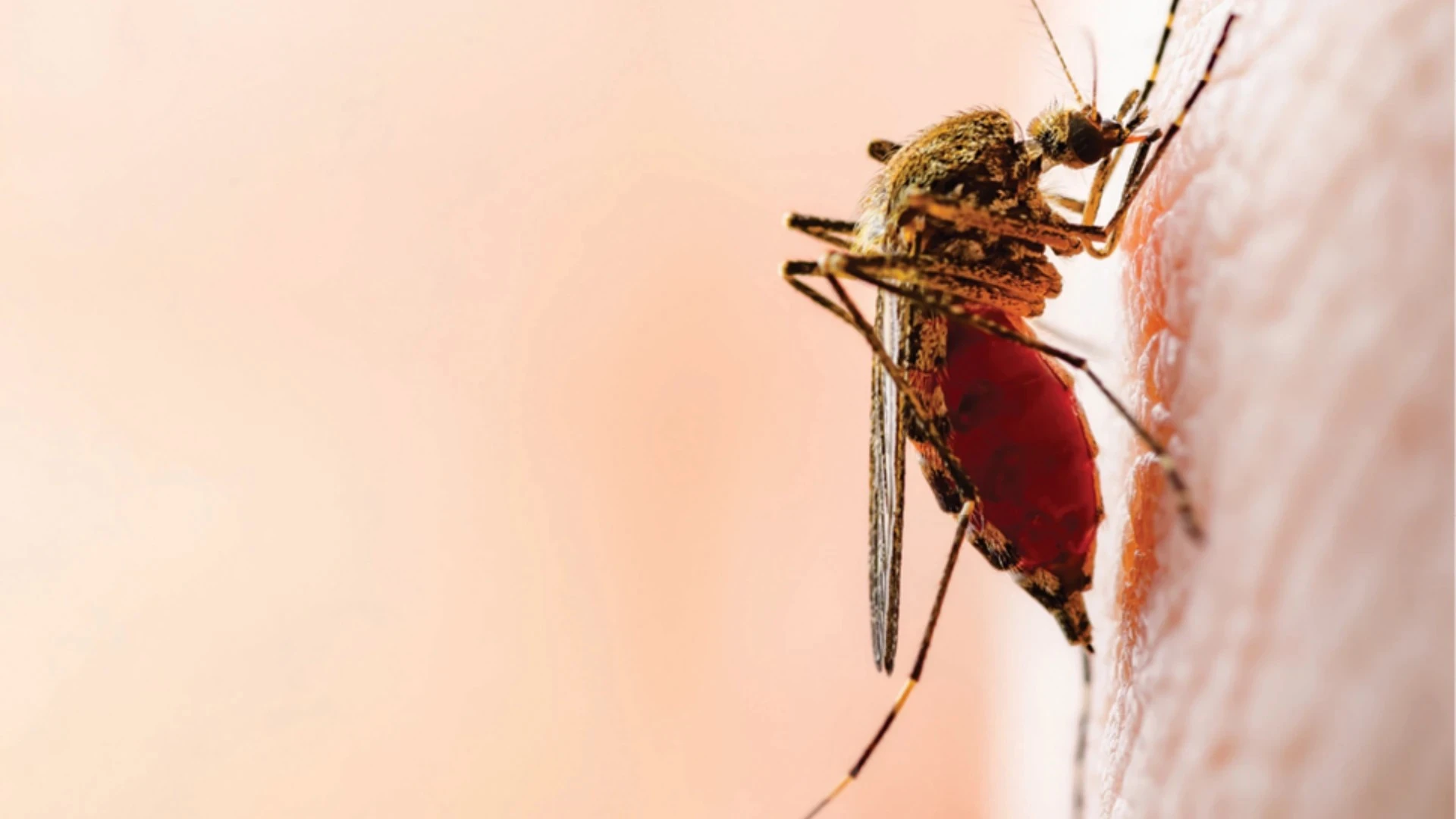The term "loss control" can mean a variety of things. It has been used to describe elimination of theft, liability reduction, customer turnover and employee turnover. Loss contol can pertain to chemical over-usage and waste or loss of market share. Simply put, loss control is anything that detracts from the bottom line.
MAJOR CONTRIBUTING FACTORS. Recently, it was reported by NPMA that the association did a study to determine the single biggest drain on revenue for pest management firms. The study concluded that account retention was the most important factor because the cost of retaining a customer is always must lower than that of obtaining a new one. We have all heard the phrase, "…throwing them out the back door as fast as they pull ’em in the front!" to describe a company that was selling accounts with no net growth. This company will operate at a loss because of the additional costs associated with obtaining new accounts. A general rule of thumb is that a company must add three accounts to make up (in the short term) for every account lost. This is due to the costs associated with advertising, marketing, preparation, sales commissions, sales overhead and the amount of additional labor and material that must be used to bring the account into a "maintenance" ready condition.
A closely related issue is that of "charge-backs" to sales people, levied when relatively new accounts cancel after a sales commission has been paid. Charge-backs can demoralize a salesperson, reducing the chances that additional sales will be made. As part of this study, NPMA polled clients to find out the main reason customers dropped or changed pest management companies. The No. 1 reason was employee turnover or failure of the company to send the same person consistently. Other reasons included poor communications, failure of the company to demonstrate a real interest in the client’s needs, missed appointments and other items related either directly or indirectly to employee turnover.
Commonly, management will say that chemical costs as a percentage of revenue are a major factor in loss control. In a few instances, this is true. For general pest control, with chemical costs ranging from a low of 4 percent to a high of 8 percent, a rise in usage of 25 percent barely shows in the bottom line! Squeezing distributors for a 10 percent discount also makes no significant difference. Do not misconstrue this to mean that chemical usage and costs are not important when developing a loss control strategy. It’s just that chemical isn’t the most important item.
Pricing can be a major factor in loss control. One of my favorite commercials is for Jack-in-the-Box restaurants. Jack’s accountant is asking how they can sell hamburgers for 50 cents without cutting back on the bread, meat, cheese or trimmings. When the accountant points out that the company loses money on every burger they sell, Jack says he has a plan…he will make it up in volume. The accountant says, "Well I guess that’s why you where the pointy hat!" Too often, companies get so intent on picking up new business, that management prices the work without profit, or worse, they price it at a loss.
Billing and accounts receivable can be significant factors in loss control. If all of the production doesn’t get billed, then you don’t have a business…you have a hobby! Assuming the billing is sent out, next there is the issue of collections. Typically, the people who are best at customer service and pest management are the worst at bookkeeping. It takes different personalities and skill sets to excel at each of these functions. Failure to keep up with billing and accounts receivable will result in cash flow difficulties that can cripple a company’s productivity and growth.
EXTERNAL/INTERNAL CUSTOMERS. There are two kinds of customers in a pest management company: external customers and internal customers. External customers are the paying clients. They are the shared responsibility of the service people, sales people and the quality assurance department. In order to ensure the happiness, satisfaction and loyalty of the external customer, company executives must take care of the needs of the internal customers — the employees of the company.
When interviewed, employees place the need for security, training, recognition and opportunity for advancement above financial considerations (assuming that their wages are at least adequate to meet their cost of living). When employees feel that they are part of a team, with an opportunity to rise to their full potential, it gives them a sense of security, pride and loyalty. By listening to the employees, a company can transform into a productive machine for a cost that is often far less than management might expect. Incremental changes are accepted and recognized quickly, providing dramatic results. Companies with this sort of culture have relatively low turnover, and never lose people to the competition.
Word spreads about the company locally and the company may find that it has more qualified applicants than the office has positions for, without advertising for employees. Not surprisingly, external customer turnover drops to nearly zero as a result. Clients know when their service representative is happy, energetic and enthusiastic. It shows in the work and attitude of the service person.
VIRTUAL EMPLOYEES. Whenever a company can increase its resources without increasing its expenditures, it is exercising loss control. One of the best ways to accomplish this is to make your vendors, suppliers and their technical representatives "virtual" employees of the company. By treating them with respect and letting them become part of the planning process (as appropriate) they become more in tune with the needs of the pest management company.
For example, rather than beating suppliers for an additional percentage point discount, consider demanding more service for the business they are given. Have them provide technical and safety training. Have them ride with sales people to help sell and close deals. Ask them to warehouse product and/or track product usage. Get them involved in company functions, interacting with true employees. They will become ambassadors to these internal customers.
PRICING. Analyze the costs of doing business. How much does overhead actually cost and what can be reduced without sacrificing quality? A company that is running lean has more room for error than one with lots of no-value-added expenses.
Keep in mind that in any given market, 10 to 20 percent of pest control companies are in the process of going out of business. This means that a well-run company can never be the cheapest company in a given market. Since this is a given, than it takes all of the low price pressure off of a company that wants to be successful. Determine what differentiates your company from the competition and price (and market) accordingly.
BOOKKEEPING. Having systems in place to process incoming production, converting it into an invoice, which is than tracked and monitored until payment is received and posted to the appropriate invoice, is the single best way to handle the books. Your company should have a system that is in writing, easily understood and repeatable. Consistency is the key.
Even if there is software that is in use, the procedures for implementing the software must be in writing. The people responsible for each step of the system must be empowered to make the system function properly. Checks and balances should be included so that at any time management can test the system by interrupting the flow. These pre-planned mini-fire drills can prevent real life crisis and maximize cash flow. It may be necessary to hire an outside consultant to develop these systems or visit a fellow pest control owner in a non-competing market to see what systems work for him or her.
CONCLUSION. There are lots of additional methods for improving loss control. One of my favorites is to provide pesticides to employees in small, often pre-measured, single-use containers that reduce over-usage and liability while improving user safety. I have found that the additional per unit cost is more than offset by reduced overall usage due to more precise measuring.
This article is intended to serve as a guide to get a handle on loss control. Loss control is a skill and art that improves with practice. It is rewarded with a more efficiently run company that provides a pleasant and energetic working environment. Good luck!
The author is president of American Environmental Services Inc., Tucson, Ariz. He can be reached at dseemann@pctonline.com.

Explore the October 2001 Issue
Check out more from this issue and find your next story to read.
Latest from Pest Control Technology
- OvoControl Now Available in Chile
- Envu Announces Savings Programs for Pest Management Professionals
- Follow the Trail
- Carpenter Ants: Understanding the Bothersome Burrowers
- Massey Services Acquires Insight Pest Solutions of San Antonio
- Target Specialty Products Expands Sales Leadership Team
- Mosquito Joe Promotes David Price to Vice President of Strategic Growth
- Abell Pest Control Recognized as One of Canada’s Best Workplaces in 2025





